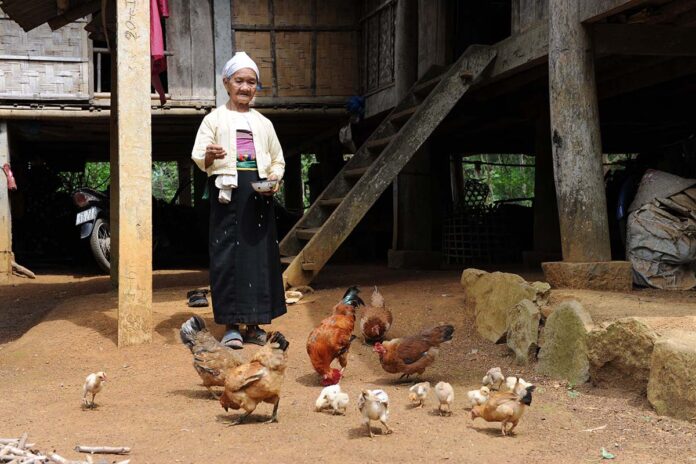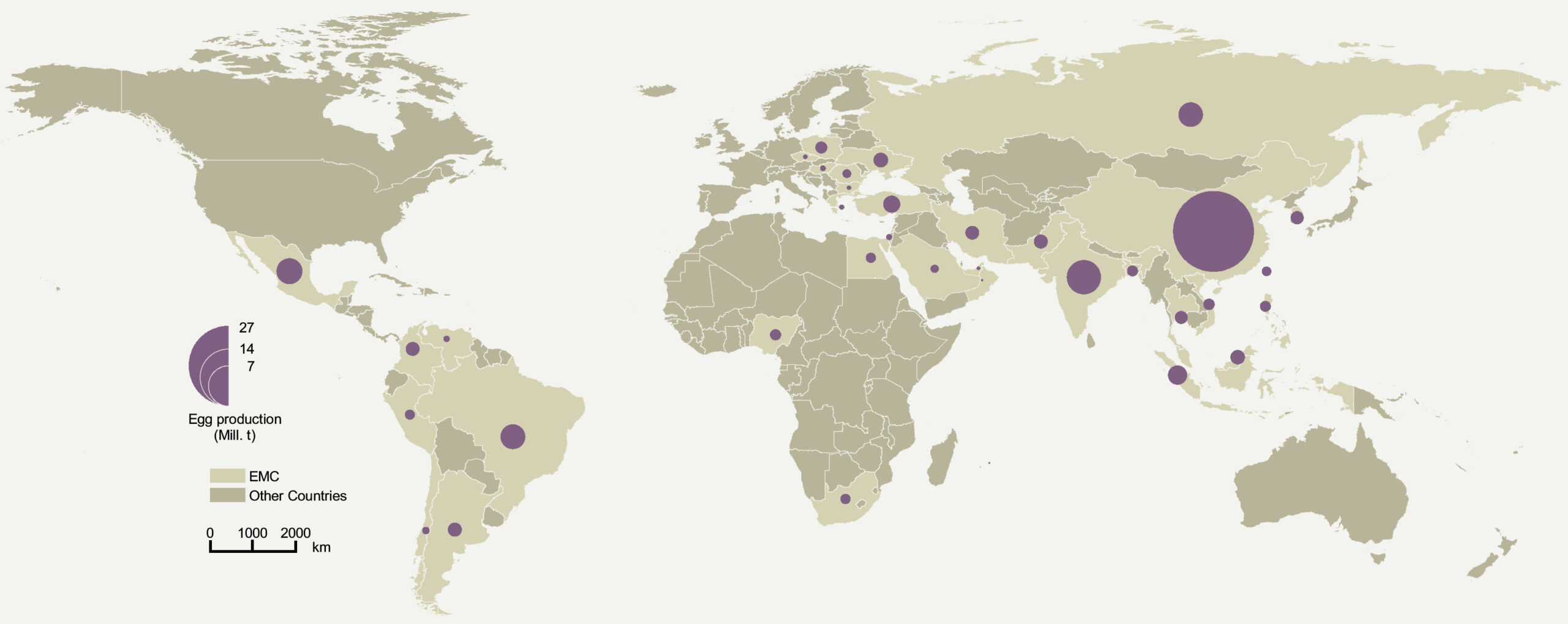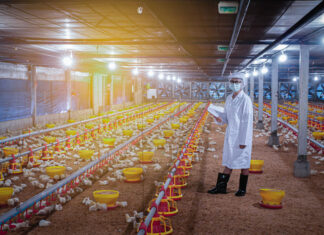
Part 2: The development of egg production
In the following part it will be analysed which impacts the dynamics in the laying hen inventories had on the development of egg production in the EMC.
The first part of the analysis showed that the laying hen inventory in the EMC increased by 1.2 billion birds between 2007 and 2017. It was a considerably faster growth than at the global level, indicating the important role of this country group in the dynamics of the global egg industry. A decisive role played Asian countries, in particular in Southern, South-Eastern and Eastern Asia.

The dynamics was obviously closely related to the development of the population and a growing middle-class with an increasing purchasing power. Not all EMC were able to expand their laying hen inventories. Political and economic problems as well as a changing legal basis for laying hen husbandry in the EU from 2012 on were the main steering factors behind the decline of the number of laying hens in several EMC. In the following part it will be analysed which impacts the dynamics in the laying hen inventories had on the development of egg production in the EMC.
Egg production in the 37 EMC increased from 41.9 mill. t in 2007 to 54.7 mill. t in 2017 or by 30.3%. In the same time period, global egg production grew from 59.6 mill. t to 74.5 mill. t or by 25.0%. The EMC shared 85.3% in the growth of the global production volume. The faster increase in EMC resulted in a gain of 3.0% in their share in global egg production (Table 7).

A detailed analysis of the composition and ranking of the fifteen leading EMC in egg production reveals some remarkable changes (Table 8). There was no change in the ranking of the six leading countries, except that the Russian Federation and Brazil changed places. The following ranking and composition changed considerably, however. Turkey surpassed Ukraine; Malaysia, which was not listed among the leading countries in 2007, ranked as number nine in 2017. Colombia climbed from rank fourteen to rank twelve, Pakistan from rank fifteen to rank eleven. Argentina, which was also not listed in 2007 ranked as number ten.

The share of several EMC in global egg production changed considerably in the analysed decade. Despite the increase of China’s egg production by 5.2 mill. t, the country lost 0.3% of its share in 2007due to the remarkable increase of the production volumes in several other countries. The share of the five following countries grew from 17.3% in 2007 to 18.9% in 2017; India gained 1.6%, Turkey 0.3%.
Table 9 lists the fifteen EMC with the highest absolute and relative increase of their egg production between 2007 and 2017 are listed. The 15 leading countries contributed 87.8% to the total growth of the group of the EMC. The extraordinary position of China and India is obvious. The two countries alone contributed 7.1 mill. t or 55.7% to the growth in the EMC and 47.6% to the global increase. Ten of the fifteen leading countries were located in Asia which again documents the extraordinary dynamics in this continent.
The highest relative growth of egg production in the group of the EMC showed Bangladesh, Oman, Viet Nam and the United Arab Emirates. The four countries more than doubled their production volume. Very high relative growth rates were also to be found in Argentina, Malaysia and Chile. Besides the ten Asian countries also four Central and South American countries ranked among the fifteen leading EMC, indicating the ongoing dynamics of the egg industry in this sub-continent.
Not all countries were able to expand their egg production. Table 10 lists the five EMC with a decrease of their production volume. Three of them were located in Eastern Europe. The negative trend is a result of the banning of conventional cages for laying hens in 2012 and the enforced transformation to alternative housing systems.

The main results of the second part of this report can be summarized as follows. Parallel to the remarkable growth of the laying hen inventory, egg production in the 37 EMC showed an extraordinary dynamics.
When comparing the population growth with the dynamics in egg production, the parallel development is obvious. If India and some other EMC in Southern and South-Eastern Asia would be able to raise their per capita consumption of eggs to the level of China, such a dynamics would considerably change the present pattern of the egg industry in the EMC which is documented in Figure 2.













